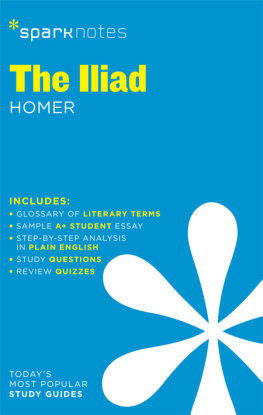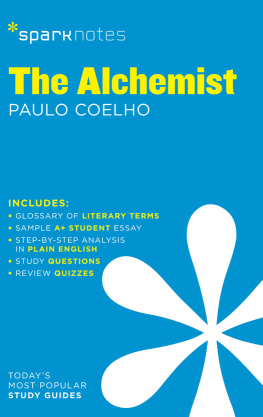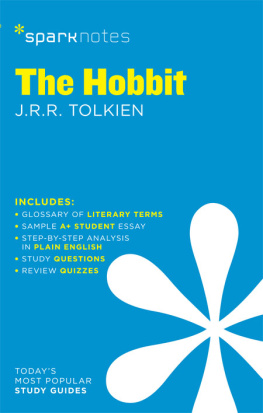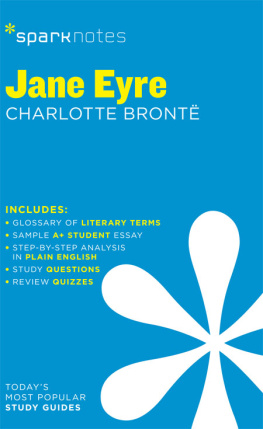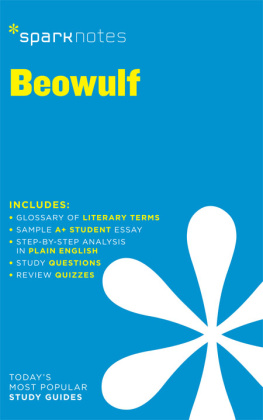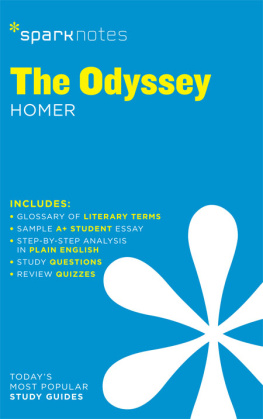All rights reserved. No part of this publication may be reproduced, stored in a retrieval system, or transmitted in any form or by any means (including electronic, mechanical, photocopying, recording, or otherwise) without prior written permission from the publisher.
Please submit changes or report errors to www.sparknotes.com/errors.
CONTEXT
Khaled Hosseini was born in Kabul, Afghanistan, on March 4, 1965, and was the oldest of five children. Just as he describes in The Kite Runner, Kabul was a cosmopolitan city at the time. Western culture, including movies and literature, mixed with Afghan traditions, such as kite fighting in the winter. Lavish parties were normal at the Hosseini familys home in the upper middle class neighborhood of Wazir Akbar Khan. Hosseinis father served as a diplomat with the Afghan foreign ministry, and his mother taught Farsi and history at a local high school for girls. Then, in 1970, the foreign ministry sent his father to Iran. While the family only spent a few years there, Hosseini taught a Hazara man, who worked as a cook for the family, how to read and write. By this time, Khaled Hosseini was already reading Persian poetry as well as American novels, and he began writing his own short stories.
Repeated moves marked the next decade of the Hosseini familys life. They returned to Kabul in 1973, the year Mohammad Daoud Khan overthrew his cousin Zahir Shah, the Afghan king, in a coup detat. The Afghan foreign ministry relocated the Hosseini family to Paris in 1976. Though they hoped to return to Afghanistan in 1980, that was not possible because of a military invasion by the Soviet Union. Instead, the Hosseinis moved to San Jose, California after they were granted political asylum in the United States. Khaled Hosseini went on to graduate from high school in 1984 and attended Santa Clara University, where he received his bachelors degree in biology in 1988. In 1993, he earned his medical degree from the University of California, San Diego, School of Medicine, and in 1996 he completed his residency at Cedars-Sinai Medical Center in Los Angeles, making him a full-fledged doctor.
While Khaled Hosseini has said before that his first novel is largely fictional, he acknowledges that the Afghanistan he knew as a child inspired it. Like his main character, Amir, Khaled Hosseini enjoyed Western films and kite fighting. He also lived in a pre-revolutionary Afghanistan that had not yet been ravaged by the Soviet invasion and subsequent Taliban rule. In a 2003 interview with Newsline, Khaled Hosseini said the passages in the book most resembling his life are those depicting Amir and Baba as immigrants in the United States. When the Hosseinis arrived in California, they had difficulty adjusting to the new culture, and for a short time his family lived on welfare. He also remembers the local flea market where he and his father worked briefly among other Afghans, just as Amir and Baba did in the book.
Although the period of adjustment passed and Khaled Hosseini became a successful practicing doctor in 1996, he felt deeply influenced by what he recalled of his homeland, and he began writing The Kite Runner in March 2001. Two years later, in the midst of the U.S. war in Afghanistan, Riverhead Books published the book. The Kite Runner became an international bestseller, with more than eight million copies in print. It also received numerous book awards, including the the Boeke Prize, the Barnes and Noble Discover Great New Writers Award, and the Literature to Life Award. In 2007, it was made into a feature film. The movie encountered some problems. The children who played Hassan, Amir, and Sohrab, and a fourth boy with a smaller role, had to be moved out of the country. Hassans rape scene in the film, along with Sohrabs abuse at the hands of the Taliban, put the young actors and their families in possible danger, as some Afghans found the episode insulting. In May 2007, Khaled Hosseini published his second book, A Thousand Splending Suns, which also became a bestseller. In 2013 Hosseini published a third novel, And the Mountains Echoed.
Khaled Hosseinis literature also changed his personal life. After nearly twenty-seven years, he returned to Afghanistan to see what had become of his country and his people. Like Amir, he was able to find his fathers old home, but he also recognized that war and brutality had destroyed the place where he grew up. His efforts to bring attention to the plight of refugees earned him the Humanitarian Award from the United Nations Refugee Agency in 2006, and he became a U.S. goodwill envoy to the organization. It was during a 2007 trip as an envoy that he was inspired to start his own nonprofit group. He created the Khaled Hosseini Foundation, which funds projects to empower vulnerable groups in Afghanistan, such as women and children. Today, Khaled Hosseini writes full-time. He continues to live in Northern California with his wife, Roya, and their two children.
PLOT OVERVIEW
Amir recalls an event that happened twenty-six years before, when he was still a boy in Afghanistan, and says that that event made him who he is today. Before the event, he lives in a nice home in Kabul, Afghanistan, with Baba, his father. They have two servants, Ali and his son, Hassan, who are Hazaras, an ethnic minority. Babas close friend, Rahim Khan, is also around often. When Afghanistans king is overthrown, things begin to change. One day, Amir and Hassan are playing when they run into three boys, Assef, Wali, and Kamal. Assef threatens to beat up Amir for hanging around with a Hazara, but Hassan uses his slingshot to stop Assef.
The story skips to winter, when the kite-fighting tournament occurs. Boys cover their kite strings in glass and battle to see who can sever the string of the opposing kite. When a kite loses, boys chase and retrieve it, called kite running. When Amir wins the tournament, Hassan sets off to run the losing kite. Amir looks for him and finds Hassan trapped at the end of an alley, pinned to the ground with his pants down. Wali and Kamal hold him, and Assef rapes him. Amir runs away, and when Hassan later appears with the kite, Amir pretends he doesnt know what happened. Afterward, Amir and Hassan drift apart. Amir, who is racked with guilt, decides either he or Hassan must leave. He stuffs money and a watch under Hassans pillow and tells Baba that Hassan stole it. When Baba confronts them, Hassan admits to it, though he didnt do it. Shortly after, Ali and Hassan move away.
The story jumps to March 1981. Baba and Amir are in the back of a truck as they escape from Kabul, which was invaded by the Soviets and has become a war zone. After a hellish journey, they make it to Pakistan. Two years later, Baba and Amir live in Fremont, California. While Baba works at a gas station, Amir finishes high school and goes to college. Baba and Amir sell things at a flea market on Sundays, and Baba sees an old friend, General Taheri. Amir notices General Taheris daughter, Soraya. When Amir finally speaks to her, General Taheri catches him and tells him there is a proper way to do things. Not long after, Baba is diagnosed with lung cancer. Amir asks Baba if he will get General Taheris consent for Amir to marry Soraya. General Taheri accepts the proposal. They hold the wedding quickly because of Babas health, and Baba dies a month later. Amir and Soraya try unsuccessfully to have a baby while Amir works on his writing career.



